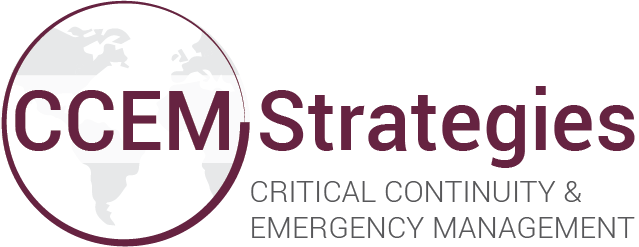Convergent Volunteers: Have you ever wondered who they are and how they work? The question is rather - how does your organization work when convergent volunteers emerge?
Convergent Volunteers are those members of the community who come forward without having been previously affiliated, prepared, or trained by the specific organizations in which they are supporting. Often you have not requested them, but they are there, eager and ready to help. You may also know them as walk-in, spontaneous, or episodic volunteers.
During the 2013 Calgary Floods, the Calgary Emergency Management Agency (CEMA) sent a call out for volunteers. Within the first hour over 3,000 people showed up, dressed in rubber boots and ready to work. A steady stream of volunteers showed up day-after-day waiting to be assigned. By the end of the response, over 15,000 volunteers had been used, 13,000 of which were convergent volunteers.
In the 2016 Barge Spill off the Coast of Bella Bella, BC, and the 2010 BP Oil Spill in the Gulf of Mexico, community members came forward in waves to start cleaning up their local beaches and coast line. The reaction was similar to that seen in the Nepal and Japanese Earthquakes, where persons within the vicinity of impacted areas were the first responders to the incident.
This trend is not surprising. If a person is in an area that is being destroyed, they are naturally drawn to support the response. It is their community; the desire to support will spread like wildfire. Operators may get caught with a community standing at their door or face reputation risks by denying the help. Further, Regulators, recognizing the trends, are starting to request that the operators of some critical infrastructure, like pipelines, have convergent volunteer management plans in place.
So, how do you get ahead and prepare your business for the volunteer wave?
1. Familiarize yourself with the volunteer standards and regulations
International and Canadian Standards exist to keep both your volunteers and your business safe. The Volunteer Canada Office is a great source to find these standards. Examples include:
· Canadian Code for Volunteer Involvement (Volunteer Canada, 2012)
· Volunteer Canada’s Safe Steps to Screening (Volunteer Canada, 2012)
· Universal Declaration on Volunteering (International Association for
Volunteer Efforts, adapted at the 16th World Volunteer Conference in
Amsterdam, 2001).
2. Make a plan
Determine ahead of the event what positions volunteers may fill and who will be in charge. Prepare options for volunteers to go for information and registration. This may be a pre-identified physical Volunteer Coordination Centre or through an online portal.
3. Get ahead of the surge
By developing your plan early, you will have your action plan ready when disaster strikes. Assign a volunteer lead, train them, and practice your plan so your business is able to seamlessly respond to convergent volunteers that show up at your door…or worse, your emergency site.
Volunteers can provide up to eight times the value of the investment back in services to the community (IFRC, 2016). In 2013 alone, statistics in Canada indicated volunteers provided 1.96 billion hours of time, the equivalent to about 1 million full-time, year-round jobs (Mackwani, 2015).
No matter the disaster, volunteers have proven to be consistent in their desire to help their community. Plan early so you don’t get caught unprepared with a community at your door.
Interested in Learning More?
Read more on our Emergency Management Matter Blog and check out how your business measures up during an emergency.
CCEM is happy to help with your organization's Convergent Volunteer Planning in Emergencies. Don’t hesitate to contact us if you have any questions.

